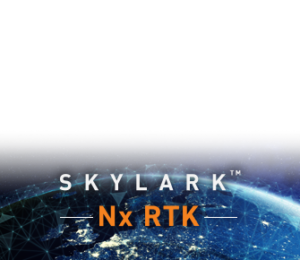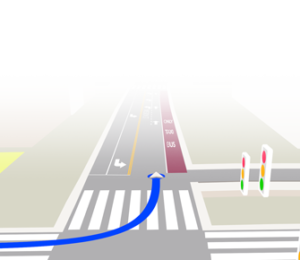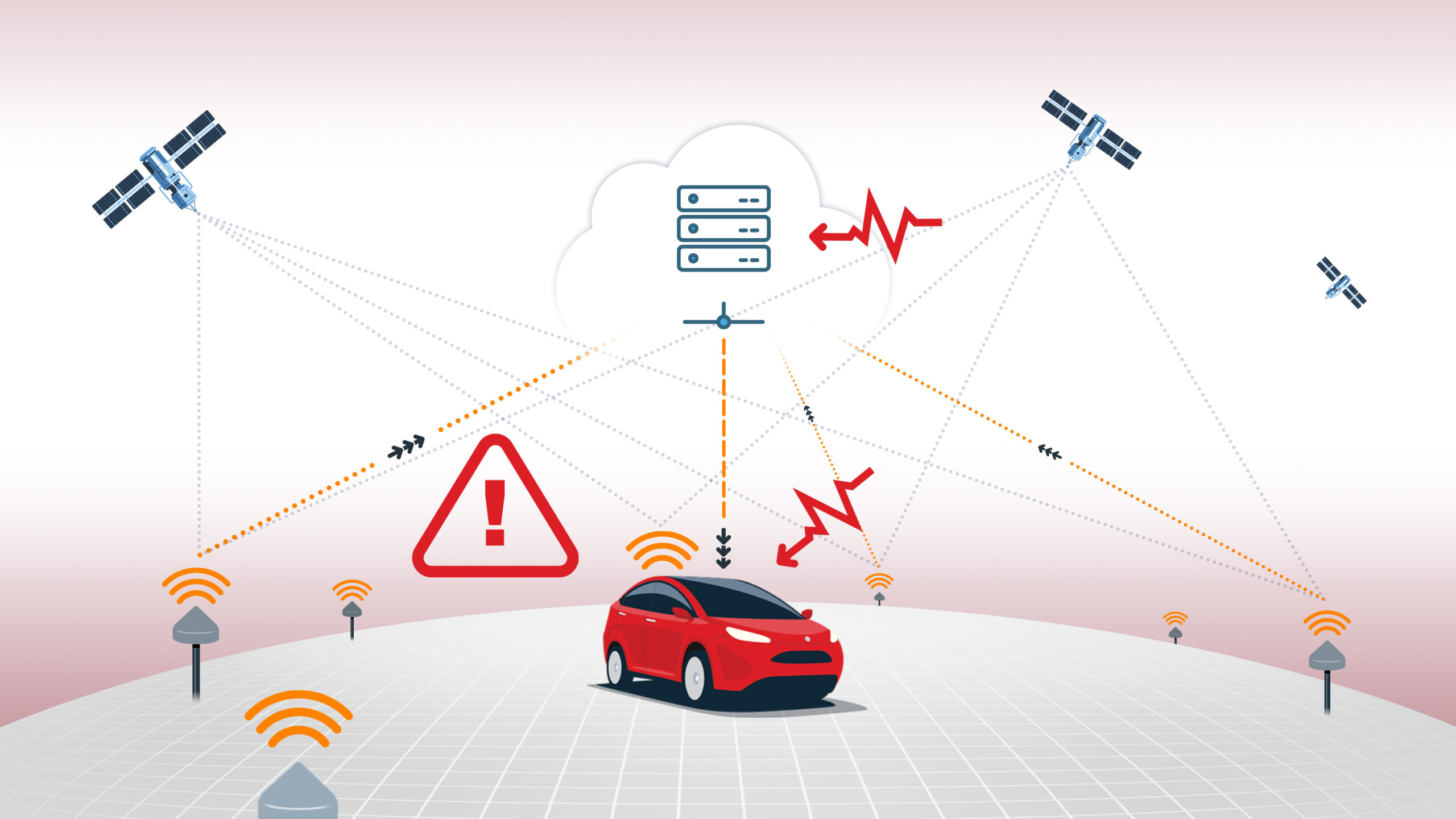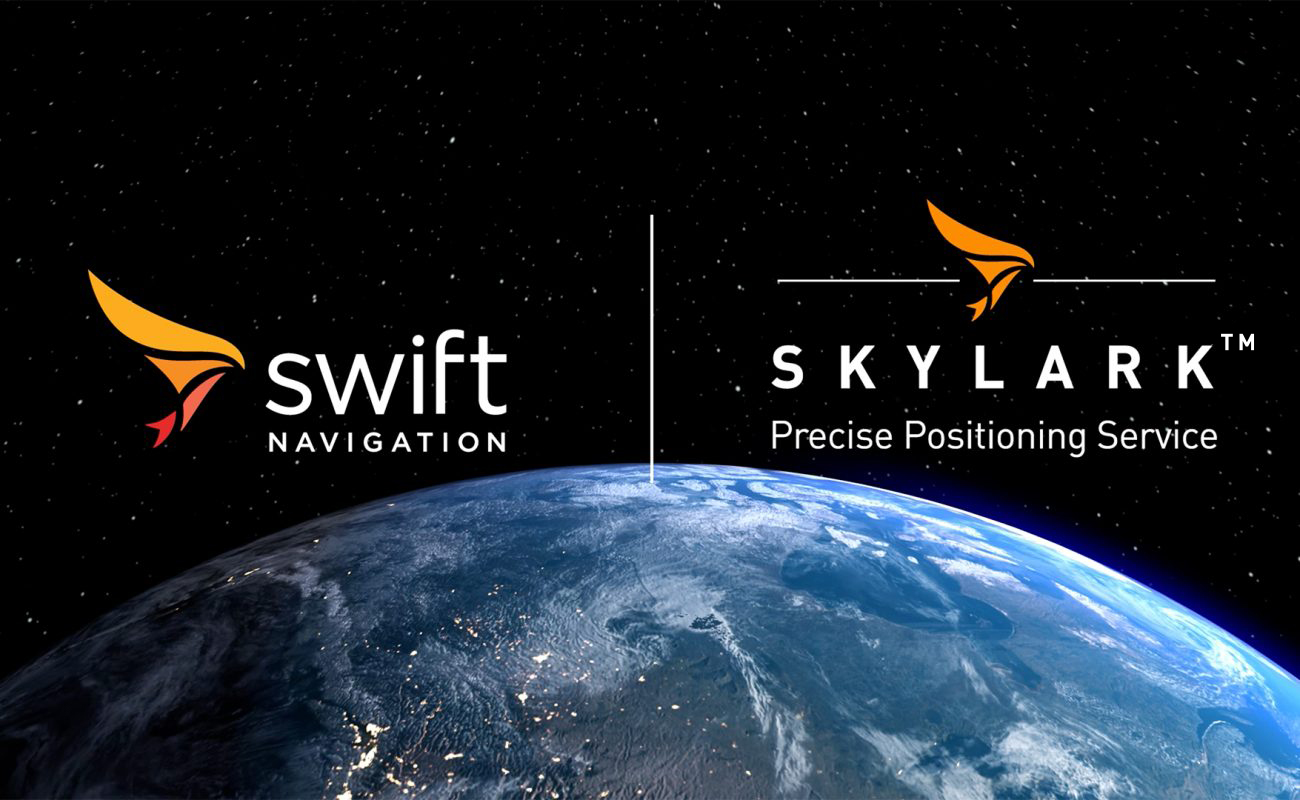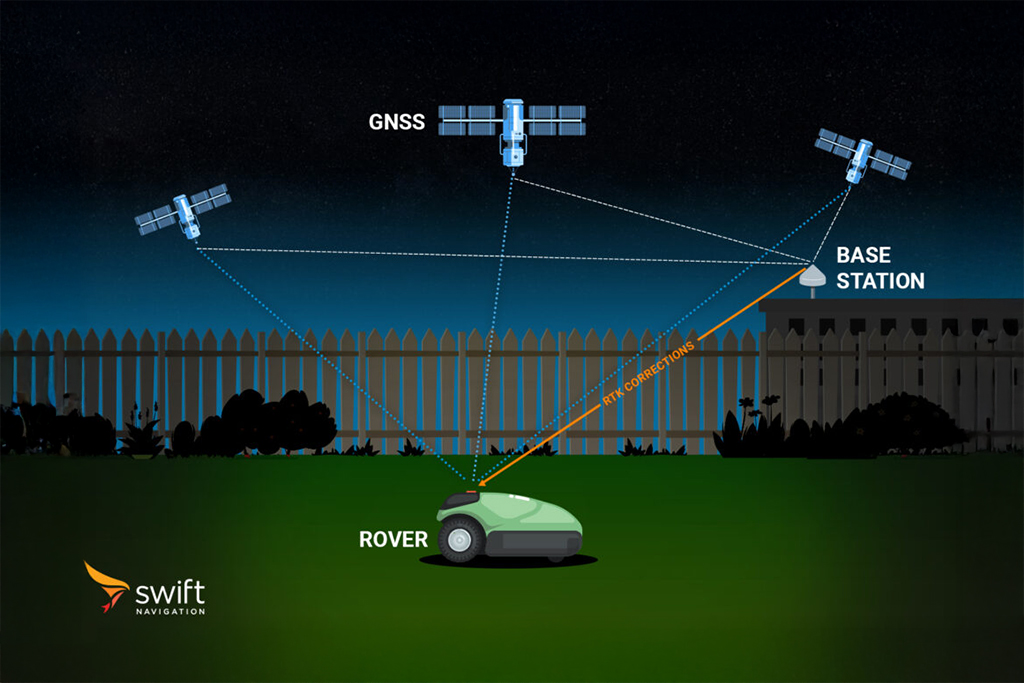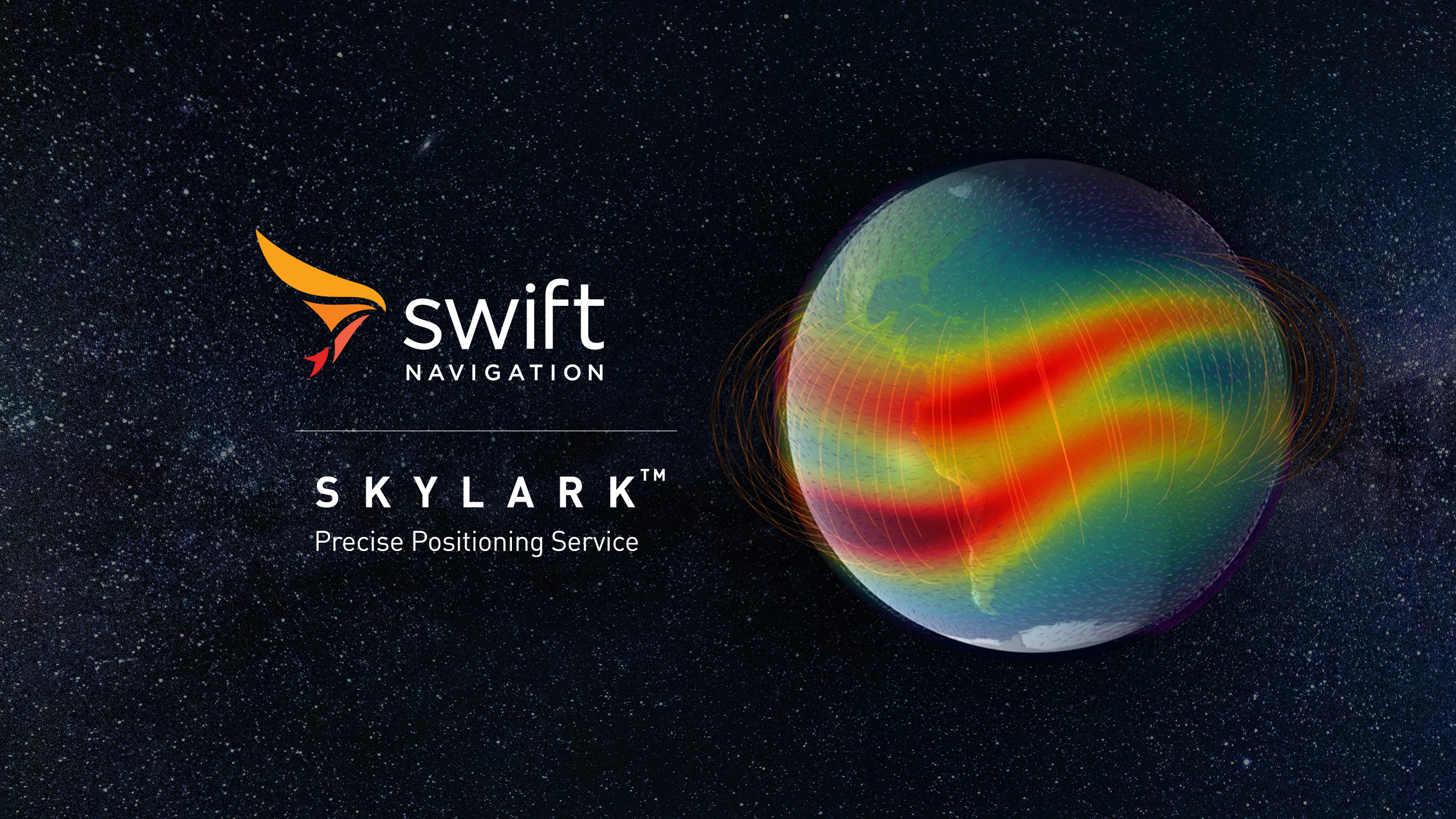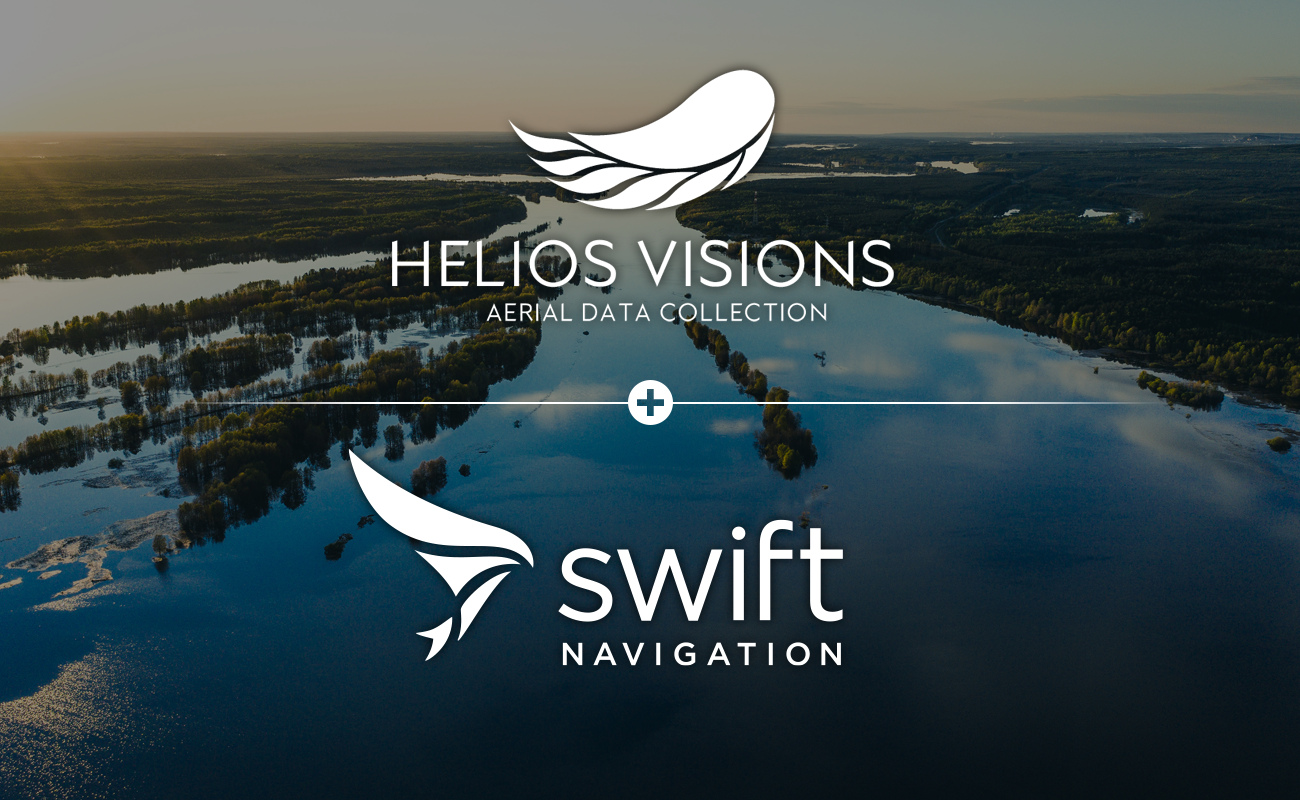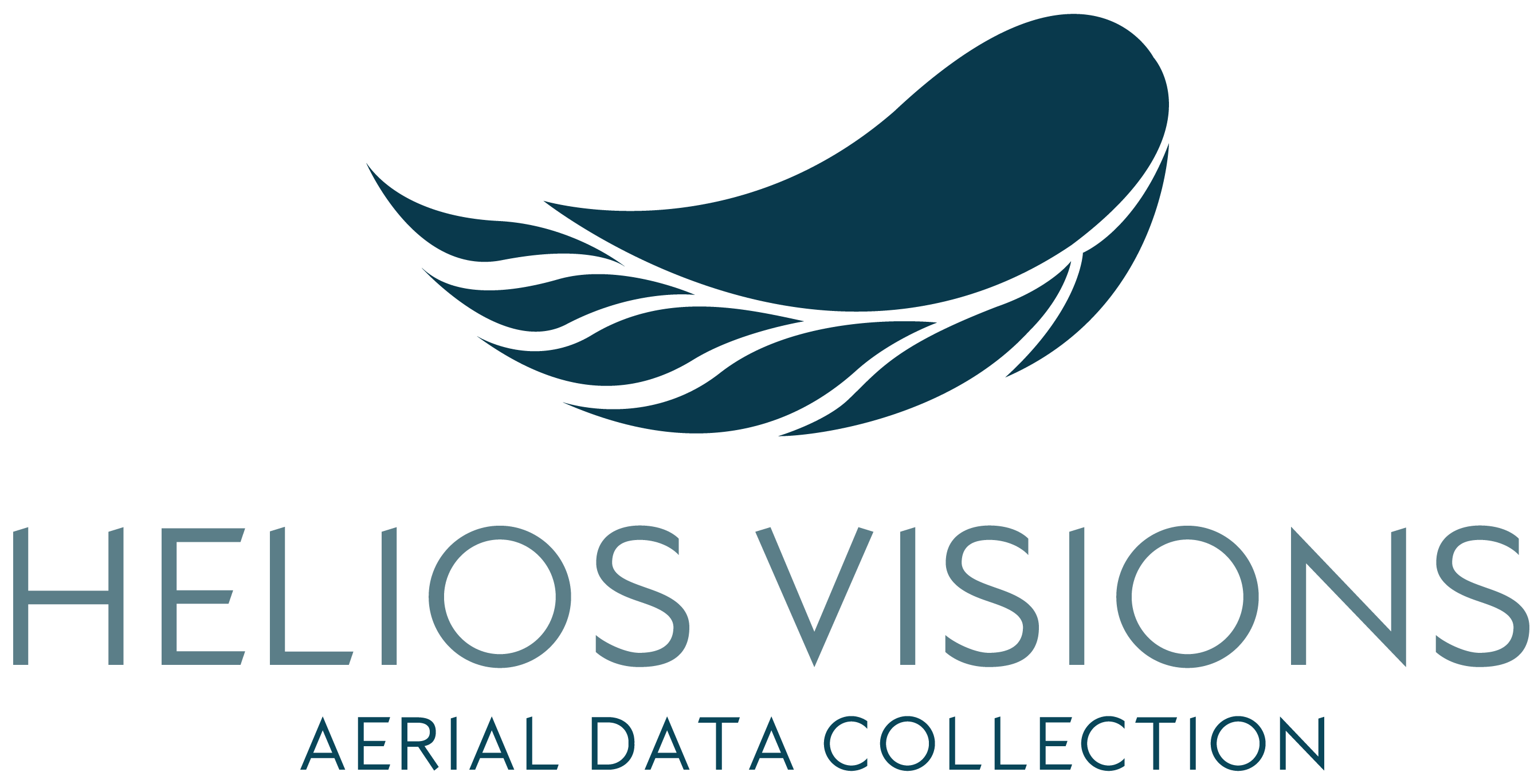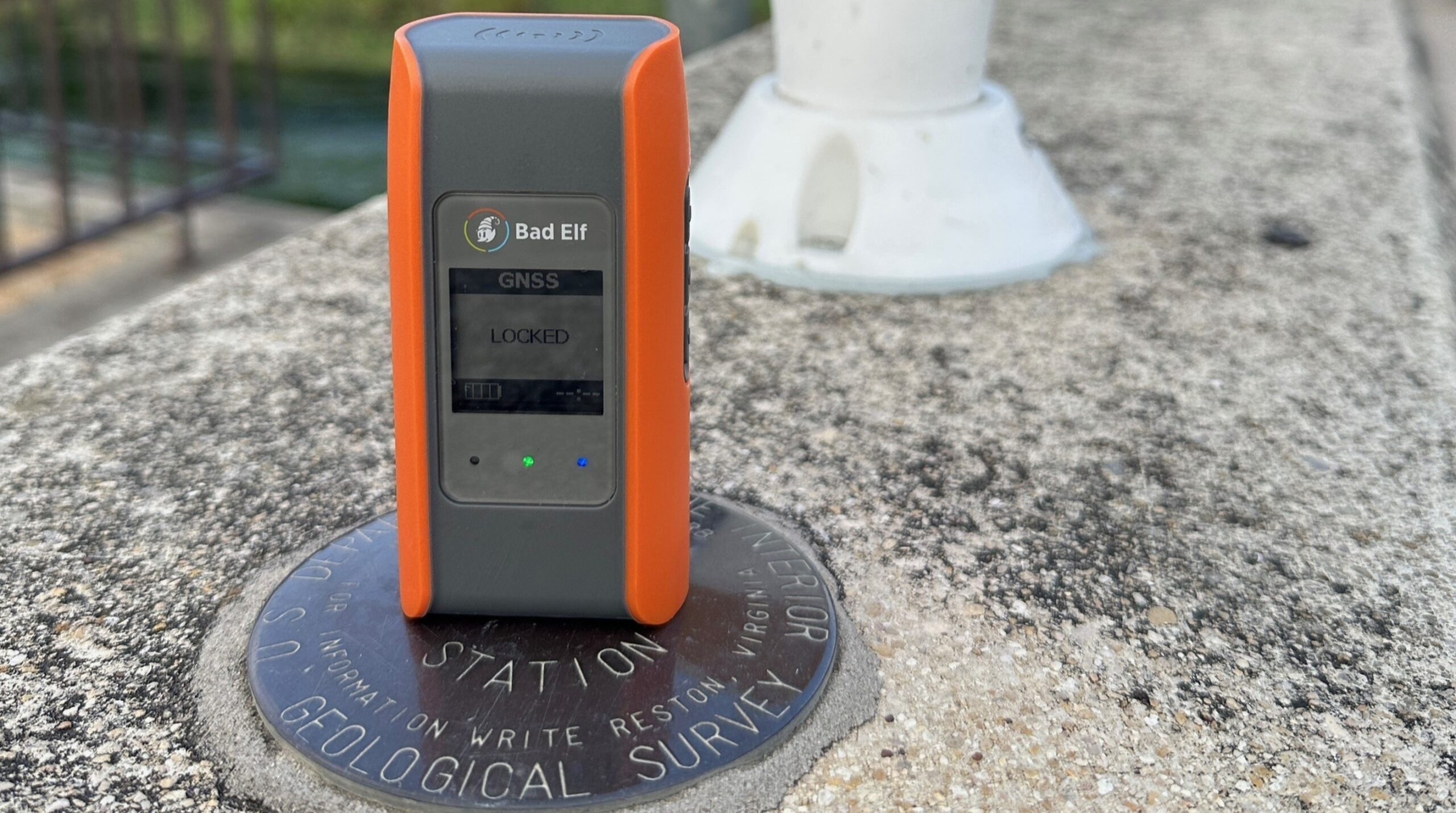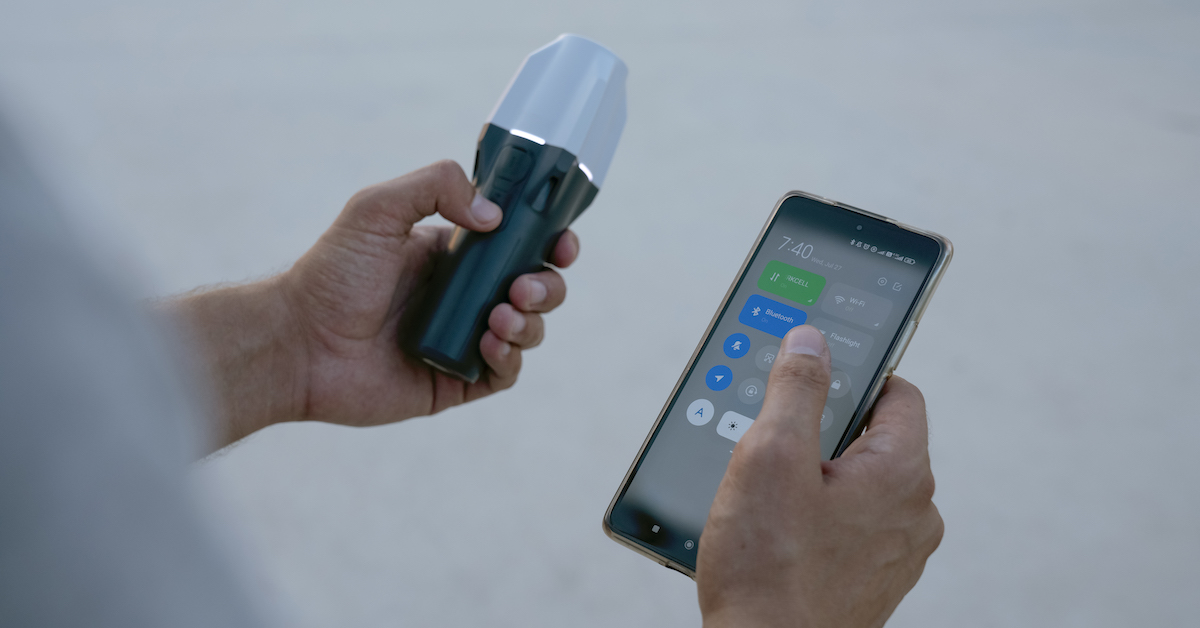What is RTCM?
RTCM refers both to the standards organization, the Radio Technical Commission for Maritime Service, and to the family of messaging protocols it develops for the transmission of differential GNSS corrections. The RTCM protocol is the industry standard for broadcasting real-time correction data from reference stations (base stations) to rovers.
RTCM messages are used to convey various types of information, including raw GNSS observations (e.g., pseudorange and carrier phase), station coordinates, ephemeris data, and state space representations (SSR) of GNSS errors. The most widely used version today is RTCM 3.x, which supports multiple constellations and modernized signals.
RTCM corrections are essential for enabling high-precision positioning techniques such as single base RTK and Network RTK. These corrections can be delivered over radio links or via internet protocols like NTRIP (Networked Transport of RTCM via Internet Protocol). The protocol’s flexibility and widespread adoption make it a cornerstone of modern GNSS infrastructure, supporting interoperability between equipment from different manufacturers and facilitating integration with public reference station networks.
To learn more about NTRIP, read our blog What is NTRIP and How Does it Work?
Related Content
GNSS Basics

Devon Sharp

Marwan Ramadan

Marwan Ramadan

Devon Sharp

Devon Sharp

Marwan Ramadan

Devon Sharp

Marwan Ramadan
GIS

Devon Sharp

